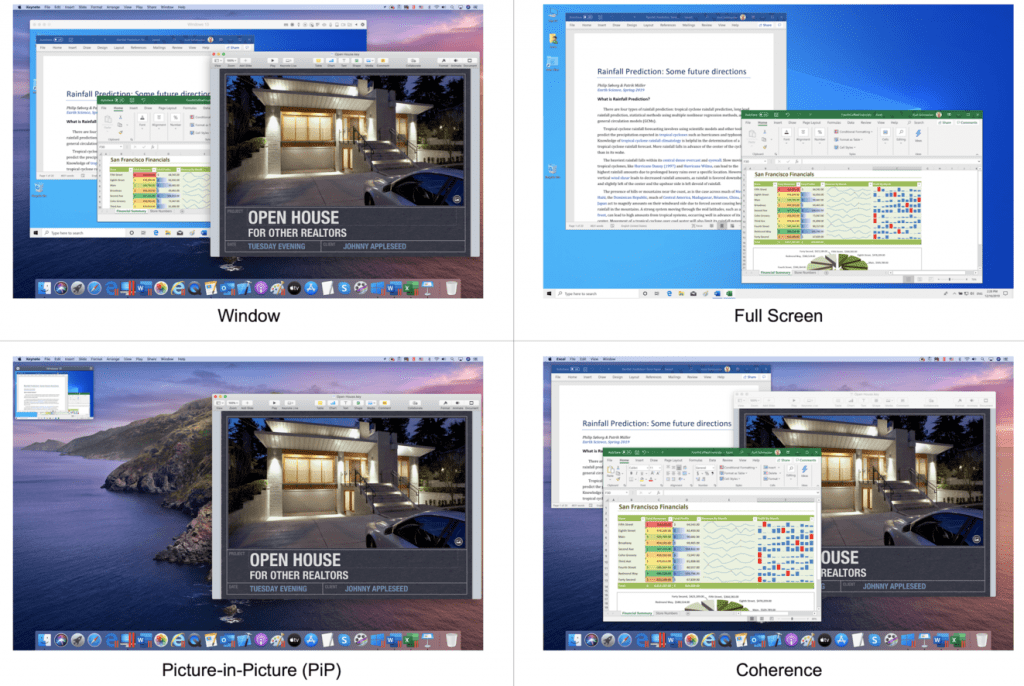


However, if you wish to have a Windows AIO then Dell is probably the way to go. Also monitors tend to outlive computers quite a bit and with an AIO you are tying a monitor to computer hardware so you can have to toss a perfectly good monitor just because the computer has gotten too old to be usable. Editing was a nightmare.īrconflict Sycraft I recommend against all-in-ones since they use proprietary hardware and thus are difficult to repair or upgrade, and often cost more.
/article-new/2020/02/parallels-mac-apps.jpg)
#Parallels for mac touchscreen driver#
My experience wasn't addressing driver issues, but rather bad audio and slowness of Sonar. You need a really beefy Mac running Sonar in Parallels to keep up with a Windows machine costing 1/3 of the Mac price to do the same job or better. Sonar is demanding, modeled and large plug-ins are demanding, and Parallels is heavy. More, Windows is probably the heaviest OS around. They also are prone to heat issues, with the smaller footprints of the MacMinis and iMac hardware, sothey have to cripple the hardware to keep heat down. Apple does a great job crippling their own hardware to provide longevity and reliability, meanwhile saving some battery power, as in the case of laptops. When your machine needs to run some rudimentary task, it may rob your VM of valuable resources, even if for only a few seconds.Īudio/video productions are not tolerant to interruptions from the host (the Mac), and unless you're running a fast Mac Pro, your Mac isn't all that good at running VMs in Parallels or other VM's. And the Mac's state typically takes priority. to not only run the VM, but maintain its own state. Your Mac has to carve out a bit of its own data busses, RAM, CPU, etc. running a VM (Virtual Machine) of Windows is that they are emulators, not machines. The thing with Parallels, VMWare, VirtualBox, etc. It was pretty disappointing, but pretty much what I expected. I have tried this with X1, just to see how far I could take it on a MacBook Pro.


 0 kommentar(er)
0 kommentar(er)
